Kim Granzotto had been relishing the simple pleasures of retirement.
Daily 4-mile walks with her husband, John, and their beloved dog, Bella.
Whipping up culinary creations like bacon-wrapped feta dates and stromboli with her sons and grandchildren.
Camping, concerts and gardening. Feeding the birds that frequent her wooded backyard in Rockford, Michigan.
And then, one day, she felt an odd sensation.
“It felt like dry skin. It wouldn’t stop,” Kim, 67, said. “It would just itch and itch and itch.”
After six months, she sought care. A blood test revealed abnormal results, which led her to meet with Brett Brinker, MD, an oncologist at Cancer & Hematology Centers of Western Michigan.
‘It was a shocker’
Dr. Brinker ordered a bone marrow biopsy, which revealed early stages of a bone marrow cancer called myelodysplastic syndrome, which causes bone marrow failure without warning. It can transform into acute leukemia.
“It was a shocker for both of us,” John said.
“I was in denial, really,” Kim said.
She kept telling herself it wouldn’t be a big deal.
But left untreated, she learned, myelodysplastic syndrome could evolve into leukemia. While medication could keep the disease at bay, her best curative treatment option would be a stem cell transplant.
The Granzottos met with Sami Brake, MD, program director and section chief of adult blood and marrow transplant with Corewell Health.
“For a patient with myelodysplastic syndrome, we calculate a specific score that would determine how aggressive the disease is, and the risk of transforming to leukemia,” Dr. Brake said. “This guides the decision to initially manage with medication and determines the timing to pursue a transplant.”
Tests determined intermediate risk in Kim’s case.
“For intermediate-risk patients, you can go either way,” Dr. Brake said.
The decision depends on the patient’s health, donor eligibility and organ function.
“When we did (Kim’s) risk assessment, she was a perfect candidate to go through the transplant,” he said.
Kim and John didn’t hesitate. In June 2019, they met with the transplant team. During the stem cell donor search, medications managed Kim’s myelodysplastic syndrome.
“Everybody was so encouraging,” she said. “I never felt that, ‘You’re doomed. You’re going to die.’ I never felt discouraged.”
The team found a full-match donor.
To prepare for the transplant, Kim underwent a six-day chemotherapy cycle to wipe out her immune system, destroy any cancer cells and prepare her to receive the donor’s stem cells.
“Even though the cells were from a full-matched donor, they’re not hers,” Dr. Brake said. “It is a very complex process and we want to get to a state where her body and the donor cells are working together in harmony. And that harmony will determine the success and the curative nature of the transplant.”
Her transplant day came in early December 2019.
Kim remembers seeing the donor cells in an orange bag in a cooler outside her hospital room door.
Later, as the new cells entered her body, she thought to herself, “This is giving me life.”
‘Part of the family’
John visited Kim daily at the hospital. She gradually built up her strength, tracking each accomplished walk down the hall with a string of 18 beads.
During his wife’s stay in the hospital, John thoroughly cleaned the house, removing houseplants, knick-knacks and curtains to create a near-sterile environment.
Kim returned home on Christmas Eve 2019.
Then came the hardest part: 100 days of isolation. She couldn’t even interact with Bella.
John gave her daily infusions and managed a four-page list of medications.
“We had a pharmacy over there in the corner,” he said.
Physically, Kim said, the first year felt like an obstacle course—fevers, a brief bout with diabetes, aches and pains, skin irritations.
“It knocked me right down,” she said. “It was something every day.”
During the early months, John drove Kim to Lemmen-Holton Cancer Pavilion two to three times a week. They knew they could call Dr. Brake’s office whenever an unusual symptom cropped up.
“The nursing staff was incredible, just incredible,” John said. “They would sit down with her for half an hour and just talk.”
“The patients become part of the family,” Dr. Brake said. “We see how important it is to show patients encouragement, love and attention, holding their hands through this journey, literally and figuratively.
“We all understand how difficult it is and, as a family, our goal is to support them and get them to reach the milestones they have to reach.”
Asked how she remained positive, Kim points to her husband of 47 years.
She also credits Dr. Brake’s not-so-subtle encouragement.
She became especially close to a nurse who gave her infusions. They talked about family, food and a shared love of Kaleo, an Icelandic blues band.
Music for body and soul
During this time, Kim missed seeing her family. She missed cooking and gardening. She slept poorly. She couldn’t even sit by the pellet stove on their three-season porch.
“I was sad,” she said. “I couldn’t do any of the things I loved doing.”
During her visits to Lemmen-Holton Cancer Pavilion, a music therapist played for her.
“Emotionally, it brought my spirits up—which music does still,” Kim said.
She took weekly ukulele lessons, offered free to patients. She used a ukulele her son, Peter, gave her.
“I never learned to play a musical instrument until now,” she said.
Learning chords helped lift the fog of the chemotherapy treatment. It lifted her heart, too.
“It was such a good feeling,” she said.
She and a music therapist collaborated on a song. Kim missed her sons and grandchildren, so she wrote lyrics expressing her loneliness:
“When I’m sad and miss you so. I hug a pillow and don’t want to let go. Every day you are not with me, I think of you. My love is forever.”
She also credits a cancer psychologist with Corewell Health with helping her navigate the emotional ups and downs throughout her recovery—and she encourages other patients to take advantage of this type of support.
‘A true success story’
Not until after the first year did Kim begin to regain her strength.
“It was really gradual,” she said. She walked Bella with John, often needing help back to the car after a parking lot loop.
But a year and a half out, she began feeling like herself again.
In Christmas 2021, she finally got to fire up her pellet stove.
These days, she’s once again cooking, gardening and enjoying the backyard birds.
She and John are also back to walking 4 miles a day, five days a week. They take their grandchildren to Whitecaps and Griffins games. They even attended a Kaleo concert.
Dr. Brake credits her recovery not just to Corewell Health transplant center, but to John’s attentive caregiving—and Kim’s determination.
Her bone marrow shows no signs of myelodysplastic syndrome or leukemia.
Kim and John are losing no time. They’re focused now on new adventures, including a recent train trip to Utah’s Bryce Canyon, Zion and Arches national parks.
Kim says she prefers to travel by train, so she can take it all in.
“She is a true success story,” Dr. Brake said.
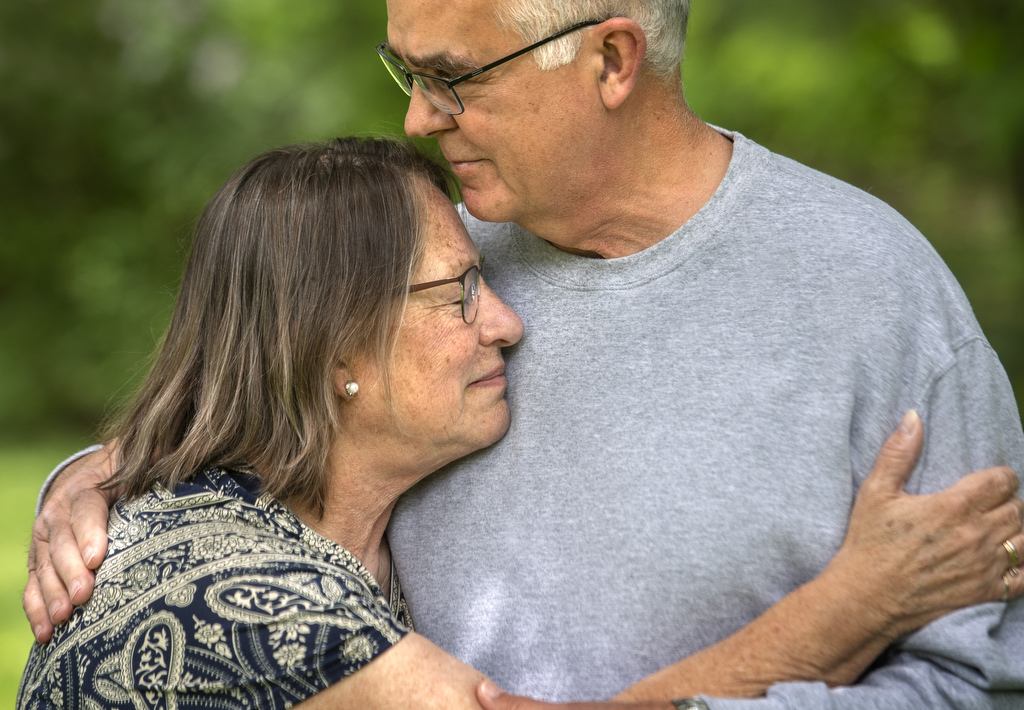
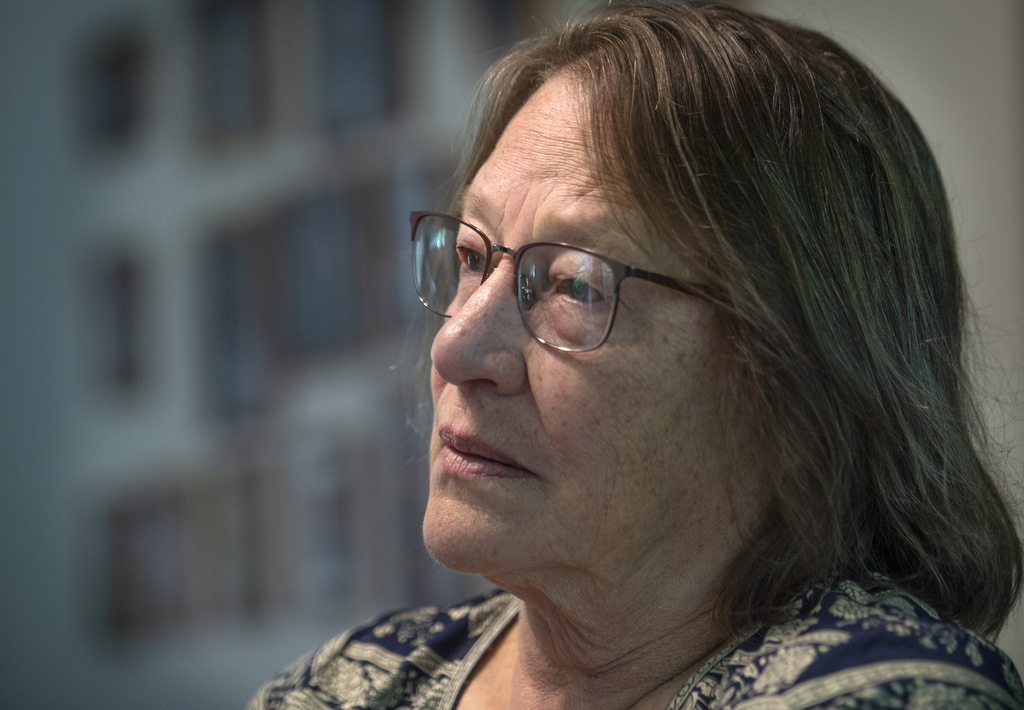

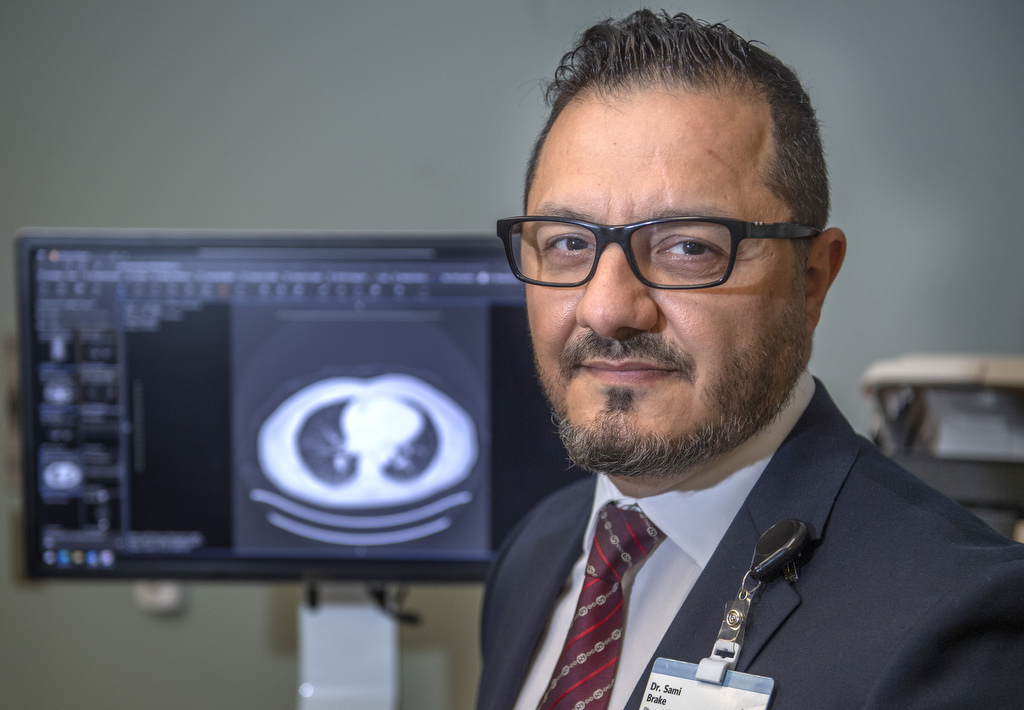
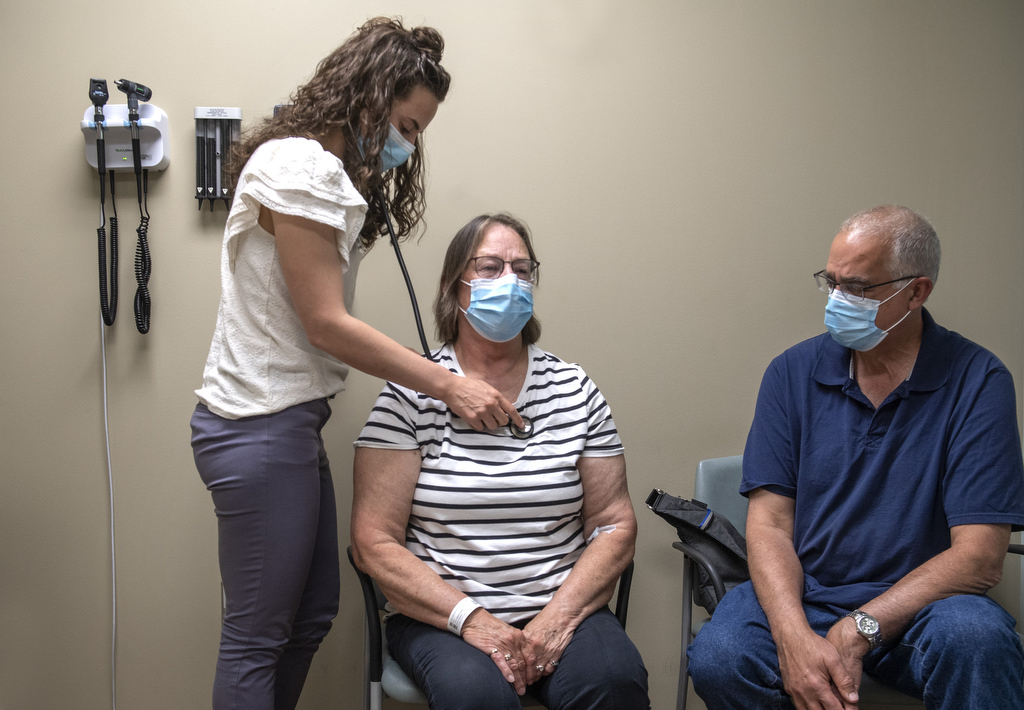
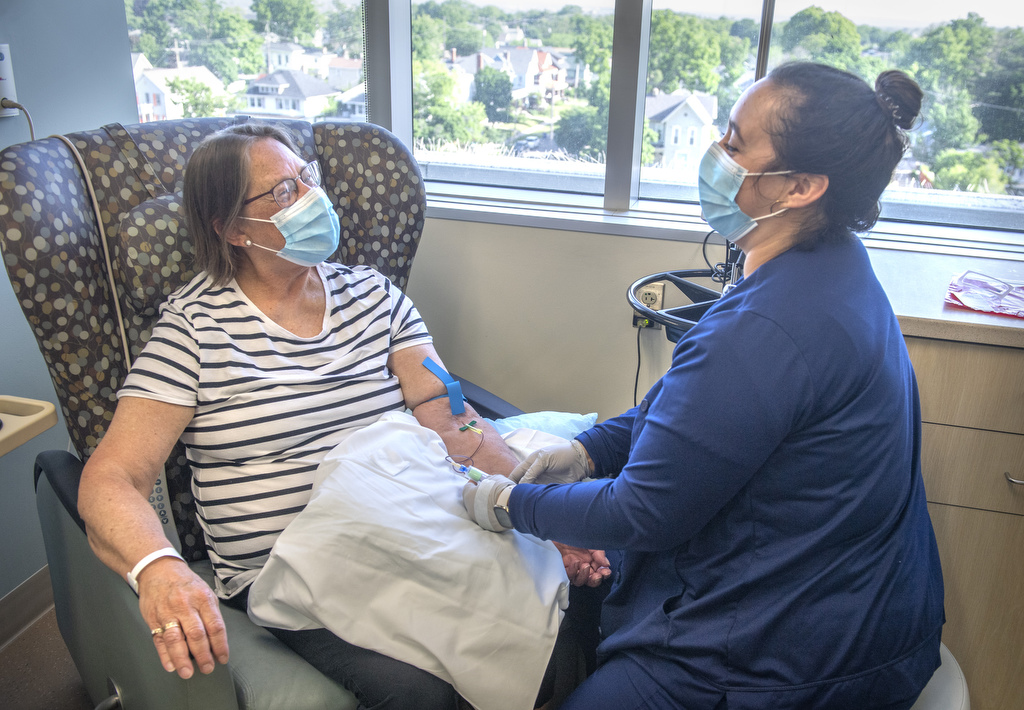
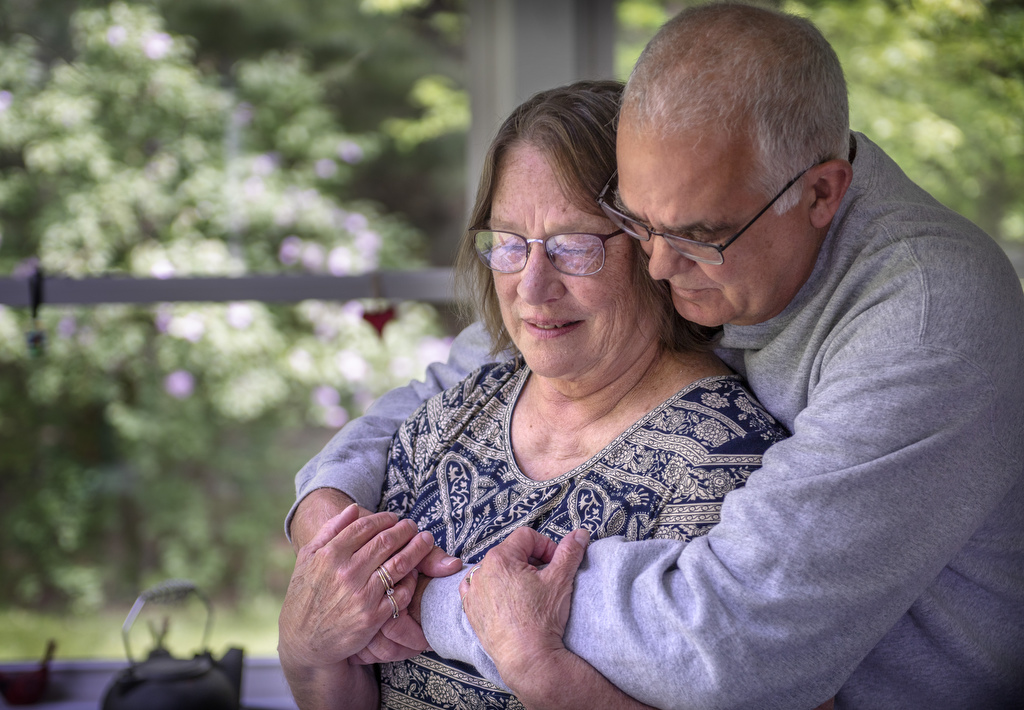
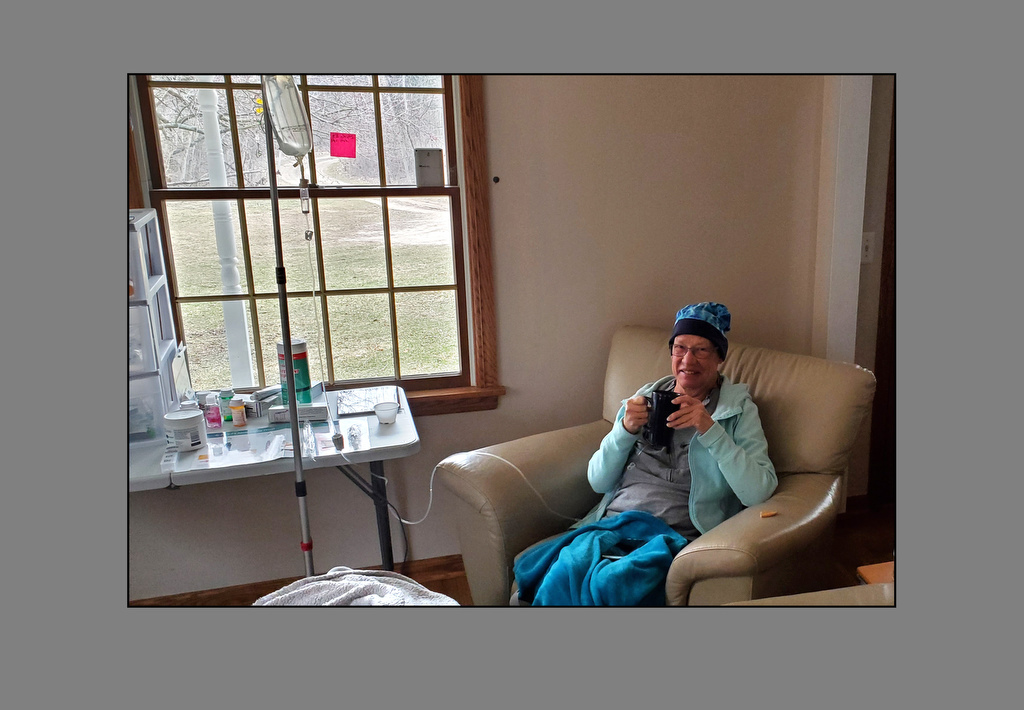


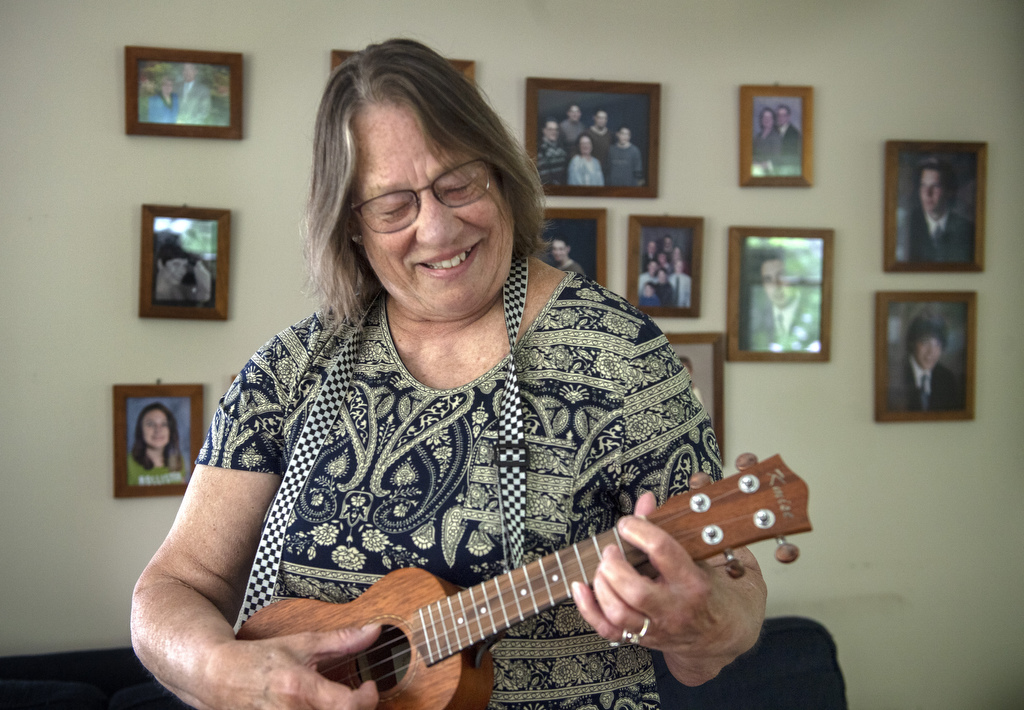
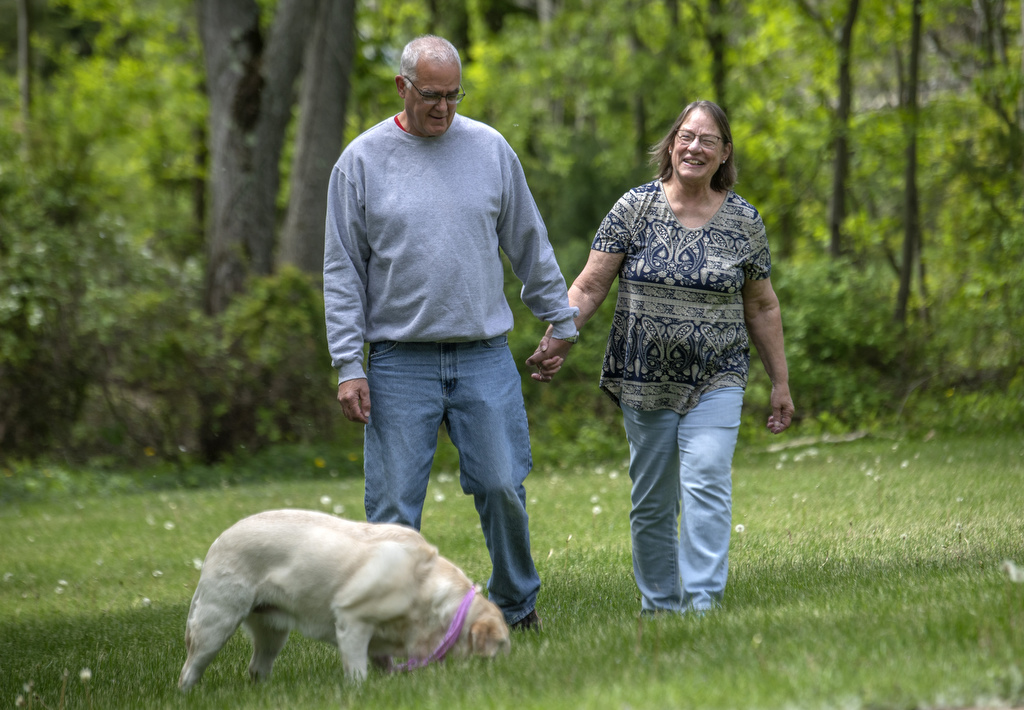
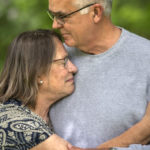
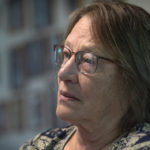
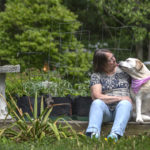
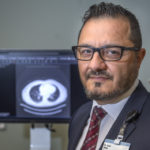
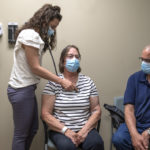







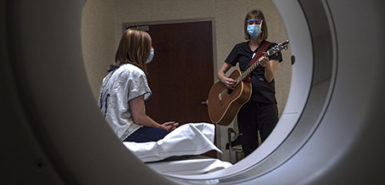 /a>
/a>
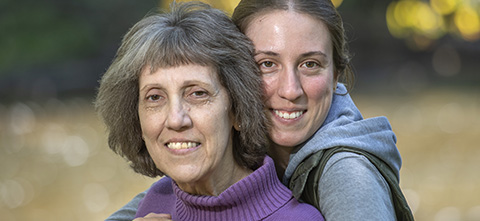 /a>
/a>
 /a>
/a>
WOW. I had no idea!! What a huge accomplishment for you and your whole family. Thank God for a loving husband to walk this journey with you! Praise God that you overcame!!
God Bless You Both.
your cuz
I too am a patient of Dr Brinker. I have a bone marrow disorder, now mylofibrosis!
Kim, what a beautiful story. Thank you for sharing your journey. Speaking of your journey, I would love to know if you went through a particular travel company for your train trip to the national parks in Utah. My husband I have been talking about making that trip, but definitely don’t want to drive or fly. Any information would be greatly appreciated. Thank you.